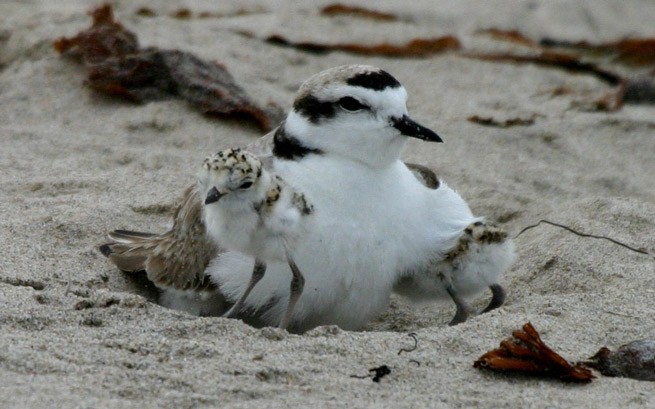Beachgoers are urged to help recovery efforts of the threatened western snowy plover by staying on the wet sand at snowy plover beaches during nesting season, March 15 – September 15.
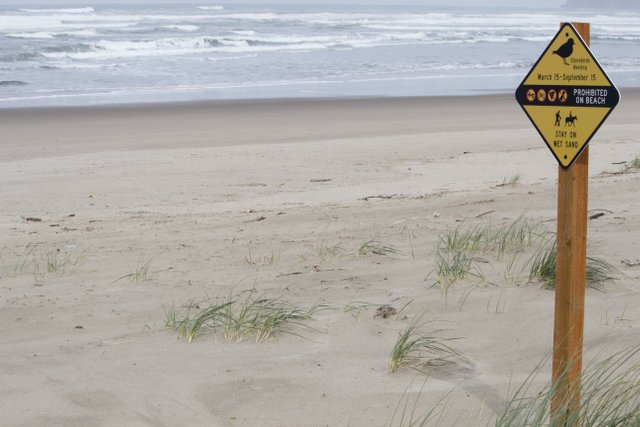
Beachgoers will see ropes that identify sensitive plover nesting areas, as well as signs that identify restrictions to protect the small shorebirds during this period.
Plover beaches remain open to foot and equestrian traffic on wet, packed sand throughout the nesting season. All other recreation on plover beaches is off limits on both wet and dry sand, including walking your dog (even on a leash), driving a vehicle, riding a bicycle, camping, burning wood or other materials, and flying kites or drones.
“We appreciate everyone’s help, it’s making a difference,” said Cindy Burns, Siuslaw National Forest wildlife biologist. “Research shows us that humans play an important role in the long term success of the western snowy plover; if we can minimize our impact, this species has a greater chance of thriving. ”
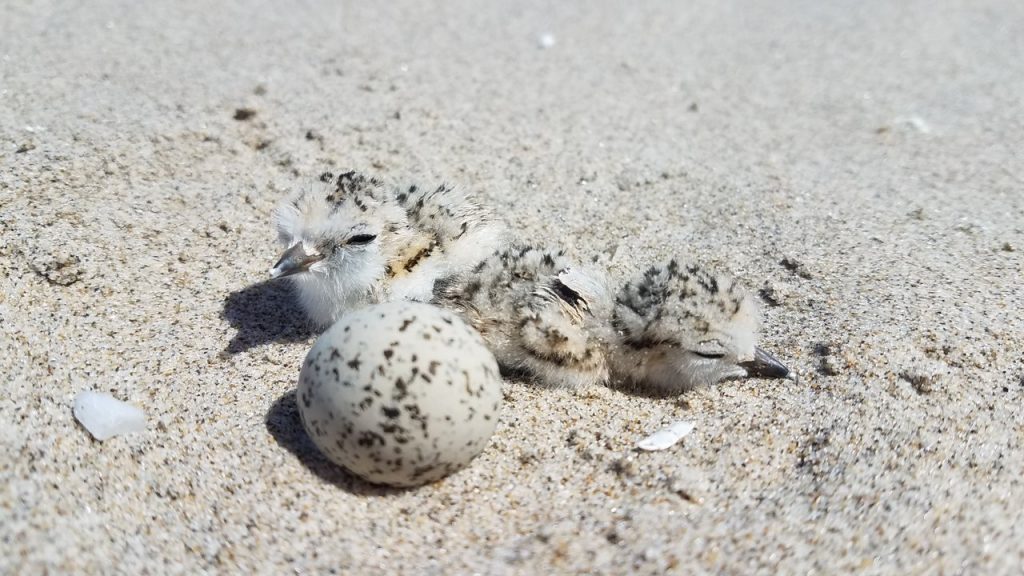
These small birds nest on open sand along Oregon’s beaches. Nests, and especially chicks, are well-camouflaged. During the nesting season, human disturbances can flush adult plovers away from their nests as they attempt to defend their young. Left alone too long, or too often, eggs or chicks can die from exposure, predators, or people.
Recreation restrictions occur in designated plover management areas: small stretches of beach along the entire coastline where plovers are nesting or could potentially nest. These areas collectively comprise about 40 miles of Oregon’s 362 miles of shoreline.
“Visitors will have access to hundreds of miles of beaches that have no seasonal restrictions,” said Laurel Hillmann, Ocean Shore Specialist for Oregon Parks and Recreation Department. “By planning your trip, you can enjoy the coast and help keep these special birds safe.”
Detailed maps can be found on the Oregon State Parks website (oregon.gov/plovers) and on the Siuslaw National Forest website (go.usa.gov/xEh2h). Visitors to the Oregon Dunes National Recreation Area can review maps at go.usa.gov/xdwYQ to identify unrestricted recreation areas and information on riding motor vehicles on the sand.
New plover activity
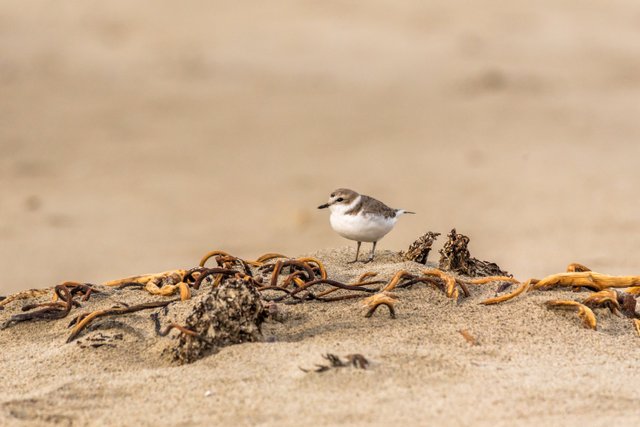
The increase in plover numbers in recent years has resulted in nesting occurring in new or historical nesting sites, including at Sand Lake Recreation area. Like last year, visitors to Sand Lake may see roped off areas near the lake’s inlet to protect active nests, and may encounter plovers on the beach. Beachgoers are encouraged to protect these birds by limiting recreation activities to wet sand areas near the water’s edge, staying out of roped off nesting areas, packing all trash out, and keeping dogs on leash.
Background on plover protections
The U.S. Fish and Wildlife Service listed western snowy plovers as a threatened species in 1993, when officials counted only 55 breeding adults. The numbers of breeding adults have steadily increased since then, from 107 in 2003 to 604 in 2021.
Several land managers oversee beach activity for plover protection, primarily the U.S. Forest Service (USFS), the Bureau of Land Management (BLM) and Oregon Parks and Recreation Department (OPRD).
Habitat loss from invasive plants — as well as human disturbances, including litter and discarded food scraps that attract predators — have contributed to the birds’ decline. The Oregon Dunes Restoration Collaborative, saveoregondunes.org, is working with land managers to develop and implement a restoration strategy as well as to raise public awareness about the need to restore the dunes ecosystem for snowy plover, rare plants and animals, and the unique recreation opportunities offered here.
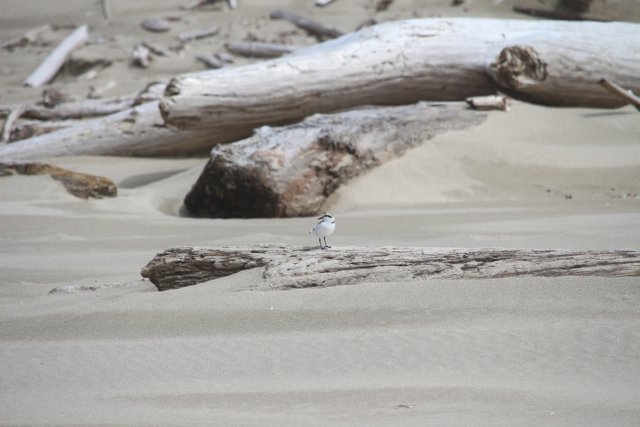
Press release provided by the Siuslaw National Forest in March 2022 & 2023/Photos courtesy Oregon Parks and Recreation Department

